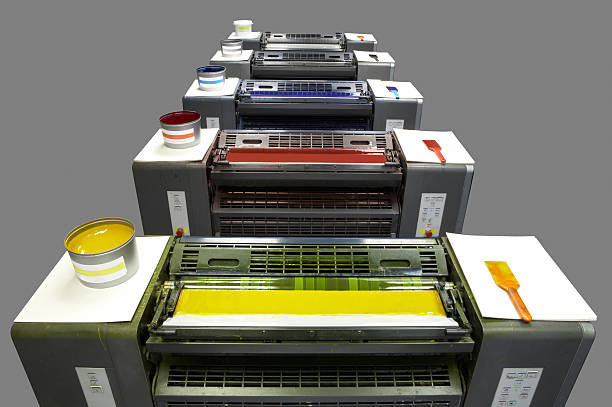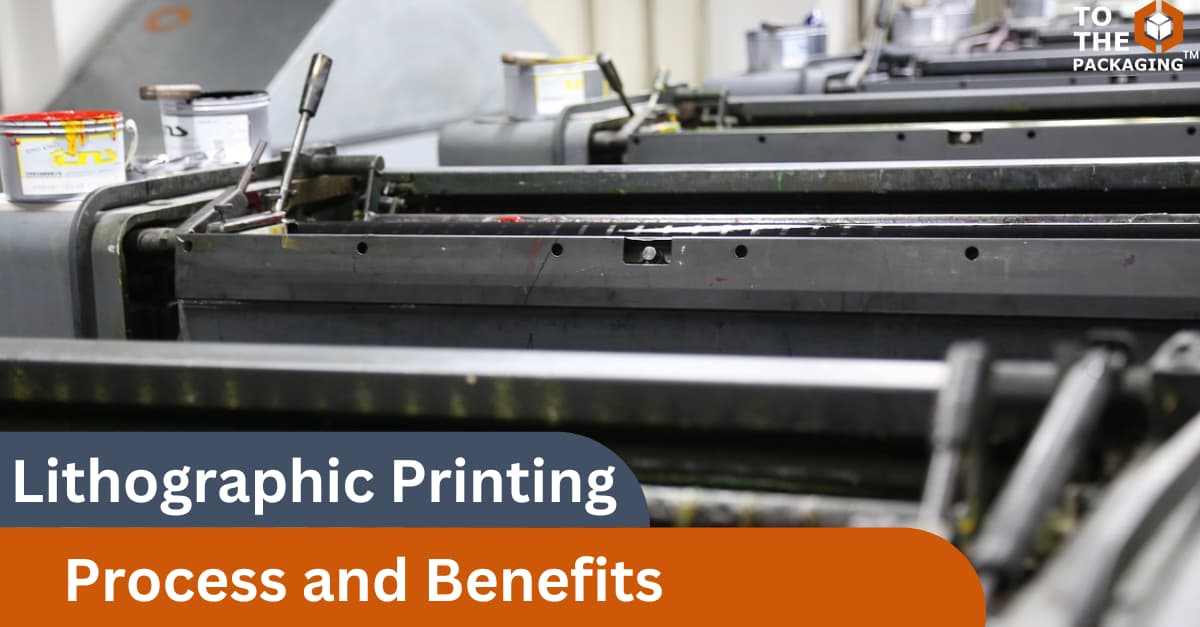litho printing Techniques Used by Leading Print Shops
Wiki Article
A Comprehensive Guide to Recognizing Litho Printing Techniques
The world of litho printing, a strategy stemming from the late 18th century, is a remarkable mix of background, science, advancement and art. Keep with us as we journey right into the captivating realm of litho printing.The Historic Evolution of Litho Printing
The historic trajectory of litho printing, a pivotal technology in the realm of communication, is a captivating story of human resourcefulness. Birthed in the late 18th century by Alois Senefelder, this strategy was initially an affordable method of releasing staged jobs. Lithography, stemmed from the Greek words for 'stone' and 'to create', used a smooth stone surface to move pictures onto paper. The procedure progressed with the introduction of the rotary press, which substantially raised performance (litho printing). In the 20th century, the development of offset lithography transformed the sector, permitting for automation of top quality prints. Each stage of litho printing's advancement showcases humankind's ruthless pursuit of performance and quality in aesthetic interaction.Decoding the Scientific Research Behind Litho Printing Inks
Moving onward in the exploration of litho printing methods, the focus currently changes to the scientific research behind litho printing inks. The structure of these inks, their drying procedure, and color mixing strategies develop the backbone of this complicated art type. Recognizing these aspects is vital to mastering the craft and achieving the preferred print outcomes.Structure of Litho Inks
In lithographic printing, the fundamental duty of litho inks can not be overemphasized. Pigments, the color-providing aspects, are finely ground particles put on hold in the vehicle, a fluid that lugs the pigment onto the printing surface area. Each component plays a vital part in the final print's quality, making the exact formula of litho inks an intricate science.Ink Drying Refine
From the structure of litho inks, attention turns to the interesting process of ink drying out. The drying out procedure is crucial, as it influences the last print's top quality and long life. Two key methods are used in litho printing: oxidative drying out and absorption. Oxidative drying out includes the ink responding with oxygen in the air to create a tough, completely dry movie. This approach offers a resilient surface, yet can be slower contrasted to absorption. Absorption, on the other hand, entails the ink seeping right into the paper fibers, which is a faster process yet can cause much less lively shades. The choice in between these techniques is dependent upon factors such as print speed demands, the paper type utilized, and the wanted finish.Color Mixing Methods
While the drying out procedure plays a crucial role in litho printing, the science of color mixing strategies holds equal relevance. The science behind litho printing inks also takes into account the transparency of the ink, which affects just how colors overlay and mix.The Art and Design Elements in Litho Printing
Litho printing breathes life right into art and design via its one-of-a-kind components. The process involves creating an image on a lithographic sedimentary rock plate or metal plate with a smooth surface. The picture is after that published onto a tool, typically paper, by transferring the ink from home plate. What sets litho publishing apart is its capacity to replicate complex layouts with high integrity, making the outcome virtually identical to the initial art work. This is accomplished with making use of different line methods such as hatching, cross-hatching, and stippling, which permit a series of tonal effects. Litho printing suits a selection of shades, allowing musicians to develop vivid and vibrant prints. This combination of accuracy and versatility makes litho printing a recommended choice for many artists and developers.Modern Applications of Litho Printing Methods
Litho printing strategies have found comprehensive usage in the modern-day commercial sector. Its influence and relevance remain to grow with the introduction of new innovations and innovations in the area. This area will certainly explore these modern applications and the transformative duty they play in the printing industry.
Commercial Litho Printing Utilizes
In today's digital age, one could question about the importance of traditional printing approaches. Yet, litho printing remains an important part of the industrial sector. High-volume printing jobs, such as the manufacturing of publications, papers, and packaging, count on litho printing for its ability to supply premium image top quality and expense performance. The procedure, which entails moving an inked picture from a plate onto a rubber blanket and then to the printing surface, provides unrivaled uniformity. This makes it suitable for work calling for a big print run. Litho printing likewise supplies a wide shade range, above that of electronic printing. This makes it the best selection for projects that demand dynamic, premium color reproduction.Developments in Litho Printing
Pressing the borders of conventional methods, modern advancements have actually sustained a host of innovations in litho printing. One famous advancement is digital litho printing, which combines the virtues of digital innovation with litho's high-grade output. These developments underscore the enduring try this web-site significance of litho printing in the modern-day world.Checking out the Refine of Litho Printing: Step by Step

Difficulties and Solutions in Contemporary Litho Printing

Regardless of the precision and practice that litho printing proudly promotes, it is not without its set of contemporary challenges. The most prevalent problems include the high first arrangement price, problem in printing variable data, and environmental problems as a result of chemical usage. However, options are arising as innovation advances. Digital litho printing enables for affordable short runs and simple modification, addressing the problem of variable data. Environmentally-friendly inks and much safer plate-making processes minimize environmental concerns. Additionally, innovations in automation have actually reduced labor expenses, even more find equalizing the lithography process. Hence, while there are obstacles, the litho printing market is proactively adjusting to meet them head-on, ensuring its relevance in the future.
Final thought
In verdict, litho printing, with its rich background and scientific ins and outs, holds a considerable place in the print industry. The future of litho printing hinges on its capacity to adjust to these altering needs, attesting its long-lasting worth in an advancing market.
Report this wiki page